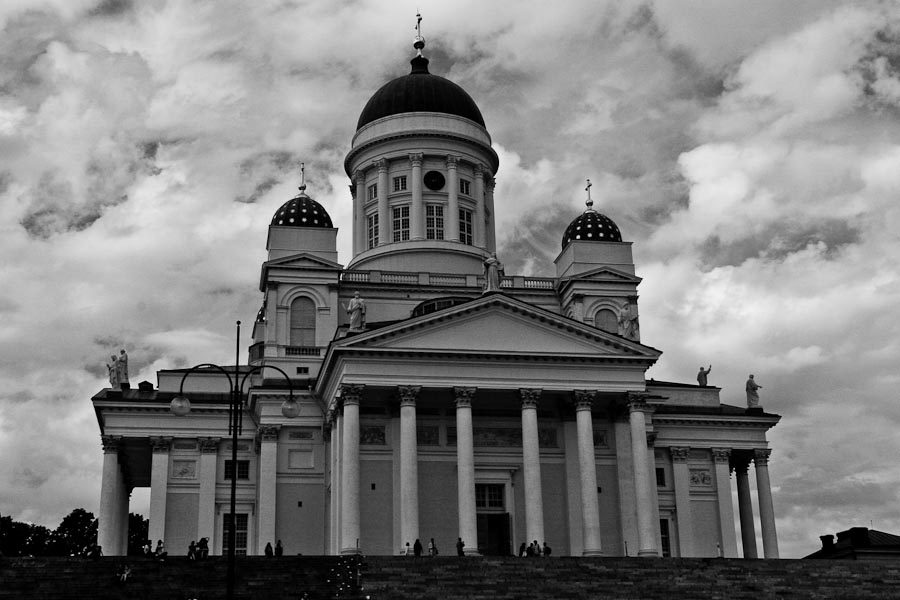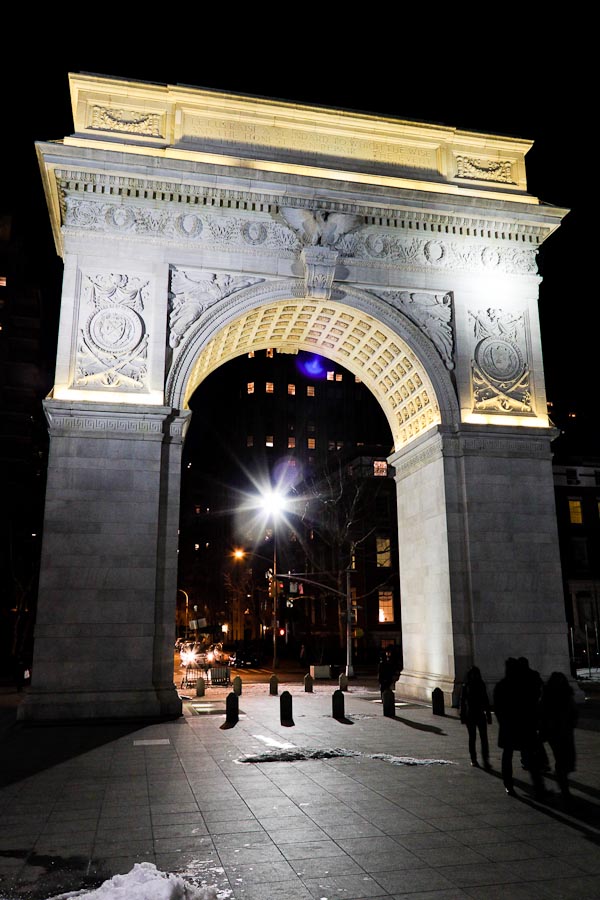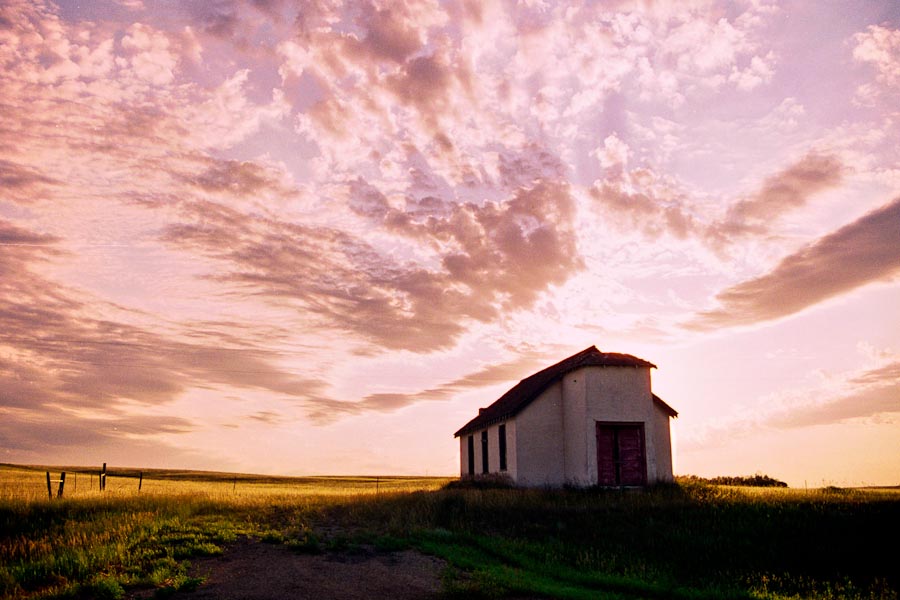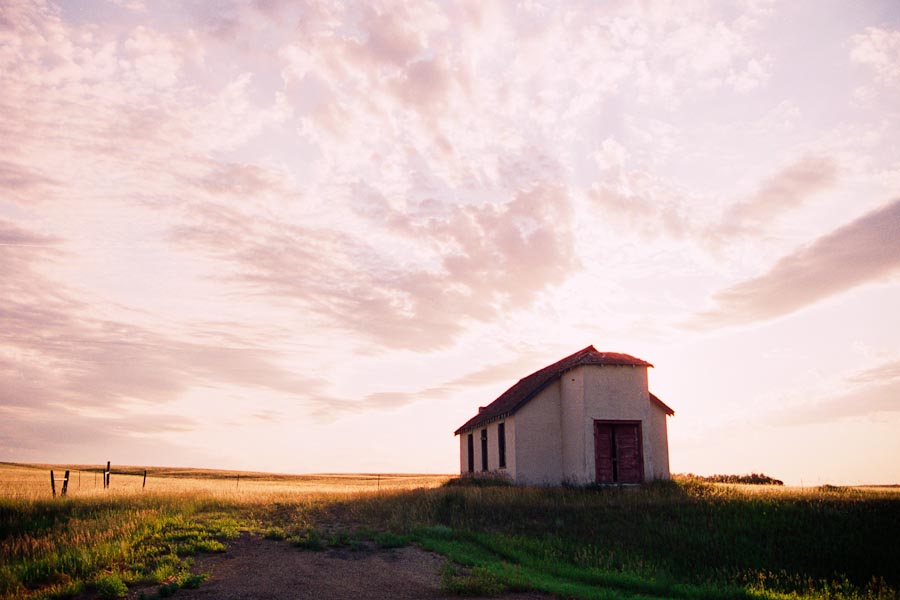I'm looking for community input.
Mostly because of business travel, but also because I have signed up for almost every reward program that American Airlines offers, this year I expect to earn around 200,000 frequent-flyer miles. I need to spend them. And when best to spend them then off-season, in late November or early December, when people aren't traveling much?
But where to go? American and its partner oneworld carriers fly non-stop from Chicago to about 95 destinations, ranging in distance from Milwaukee to Delhi, India.
So here are my rules for this long weekend in November or December: the destination must be 12 hours total flying time or closer; outside the Lower 48; avoid the infamous Newark-to-Kennedy connection that American loves to inflict on people using miles; no visa requirement; and nowhere I've been before. Oh, and it has to be somewhere I actually want to go.
Here's the preliminary list, with non-stop flights from Chicago listed first:
- Amman, Jordan
- Calgary, Alb.
- Cancún, Mexico
- Madrid, Spain
- Manchester, U.K. (i.e., Scotland)
- México City
- Montréal
- Ottawa
- Tokyo
- Toronto
- Bucharest, Romania (x LHR)
- Budapest, Hungary (x JFK)
- Buenos Aires (x MIA)
- Curação (x MIA)
- Copenhagen, Denmark (x LHR)
- Honolulu (x LAX)
- Panama City (x MIA)
- Quito, Ecuador (x MIA)
- San Jose, Costa Rica (x DFW)
- San Jose Cabo, Mexico (x LAX)
- Santiago, Chile (x JFK)
- Stockholm, Sweden (x LHR)
- Tel Aviv, Israel (x LHR)
- Vienna, Austria (x LHR)
- Zurich, Switzerland (x JFK)
(I'm leaning towards the places in bold.) Thoughts?
Another one of my favorites, from Maho Beach, Sint Maarten:

14 February 2009, ISO-400, 1/2000 at f/8, 31mm, here.
Shanghai, 18 April 2010:

ISO-400, 1/800 at f/8, 47mm. Taken approximately here.
Tuomiokirkko (The Lutheran Cathedral), Helsinki, Finland:

30 June 2010, ISO-100, 1/160 s. at f/14.
The Arch at Washington Square Park, New York:

This is the complement to an earlier shot I posted. I'm not sure which I prefer.
12 February 2011, ISO-1600, 1/15 at f/5.6, 18mm.
Another reprise, this time of Kazan Cathedral in St. Petersburg:

Again, the differences may not be apparent. Here's the first publication from last July:

The revised image has a smidge more contrast and a skeech more saturation, and I dodged out some of the darker areas a snape or two. Unlike some other shots I've put up recently, this one came from a large (6 Mpix) digital original, so further refinements should be easy and effective.
As I play around with high-dynamic-range imaging, I remembered a photo I took in 1991 while driving through North Dakota. I remember taking about a bunch of bracketed shots because of the scene's wide exposure range. Last night I looked for the image and found that one of the two negative strips covering the bracket is gone. Not only gone, but I wrote a note to myself in May 1992 on the negative holder pointing out that it's gone. Without the full bracket, an HDR image won't work.
Fortunately, I have the first image in the series, which I took using the camera's recommended exposure. A quick rescan at 3600 dpi, then a few minutes in Lightroom, and voilà:

(For comparison, here's the raw image from my scanner:)

I'm still about 60 rolls behind that image in the scanning project, unfortunately, so other photos from the trip will have to wait a while.
Kodachrome 64, 20 July 1991, near Sturgis, N.D. Exposure unrecorded.
As I ride my bike past all the cars stuck in traffic this evening, I will think, briefly, about gasoline prices. So far this year, I've filled up my Volkswagen twice, for a total of $90 or so. Ouch, I said as I paid $50 for a tank last week, that's a lot. Of course, living in a dense urban area, taking public transit, and using my own legs to get around almost all the time (plus driving a car that gets 8 L per 100 km), I think gasoline eats up about 1% of my annual spending.
According to the Chicago Tribune, it actually doesn't make up that much of anyone's budget, but people still freak out about high gas prices for obvious reasons:
For consumers, there's no escaping the high prices, which helps explain their obsession.
Not only do many drivers see gas prices every time they fill up, but tracking the price is unavoidable because gas is about the only product consumers regularly buy that requires visiting a special store. So, they're intensely focused on a single product, as opposed to noticing the price rise of tomatoes when buying a full shopping cart of goods.
They also stand in front of the pump and feel the financial pain as the price digits whiz upward.
And why are gas prices so high? Economics 101, baby. Combine low supply with high, inelastic demand and you get high prices:

So how can we get lower gas prices? Use less of it. Increasing supply won't change the price much because of gasoline's demand inelasticity, meaning how much gas we buy doesn't respond to price increases very much. (The actual rate is about -0.25; that is, for every increase in price of 1, demand goes down about 0.25.)
The New York Times reports on new data about how languages diversified:
A researcher analyzing the sounds in languages spoken around the world has detected an ancient signal that points to southern Africa as the place where modern human language originated.
The detection of such an ancient signal in language is surprising. Because words change so rapidly, many linguists think that languages cannot be traced very far back in time. The oldest language tree so far reconstructed, that of the Indo-European family, which includes English, goes back 9,000 years at most.
Quentin D. Atkinson, a biologist at the University of Auckland in New Zealand, has shattered this time barrier, if his claim is correct, by looking not at words but at phonemes — the consonants, vowels and tones that are the simplest elements of language. He has found a simple but striking pattern in some 500 languages spoken throughout the world: a language area uses fewer phonemes the farther that early humans had to travel from Africa to reach it.
I'd like to get more information about this; in particular, how does it account for languages like Basque that seem unrelated to their neighbors?